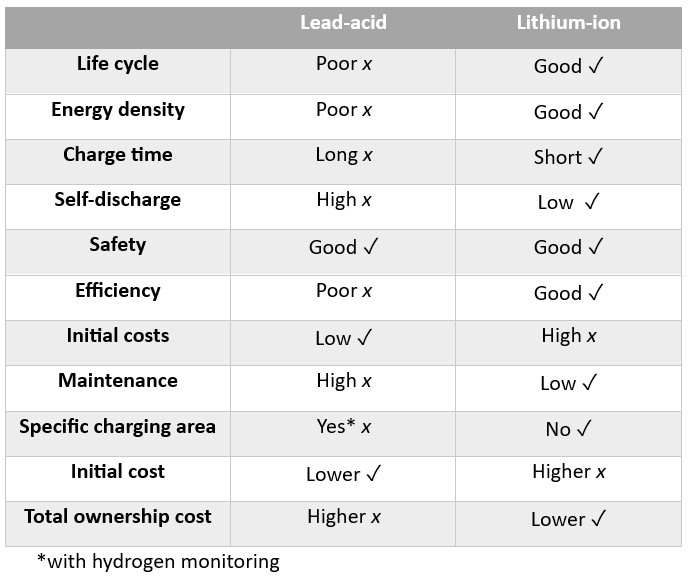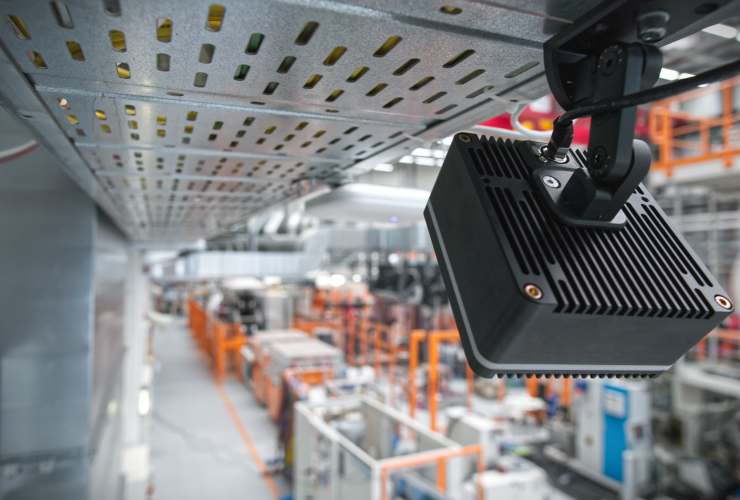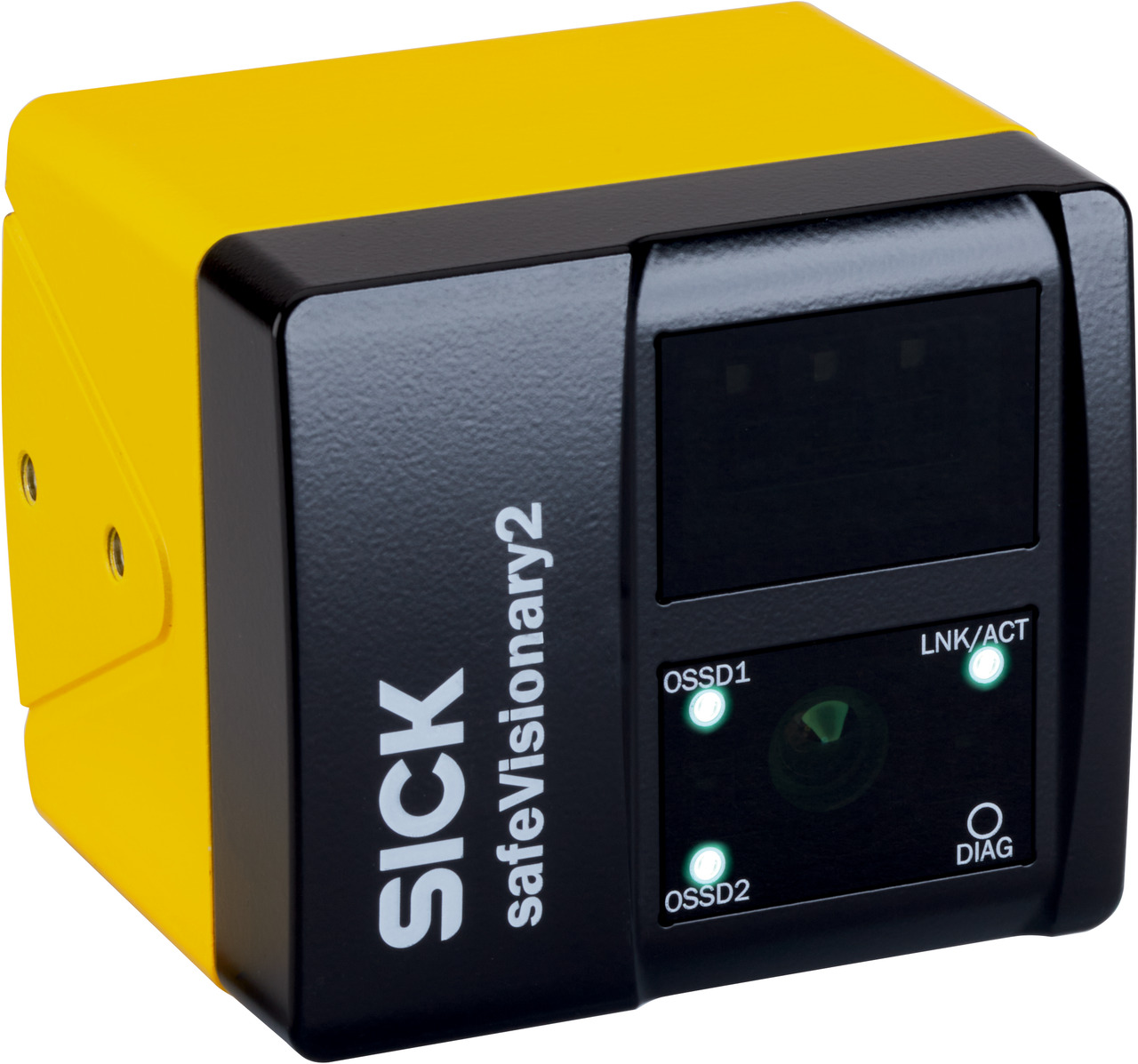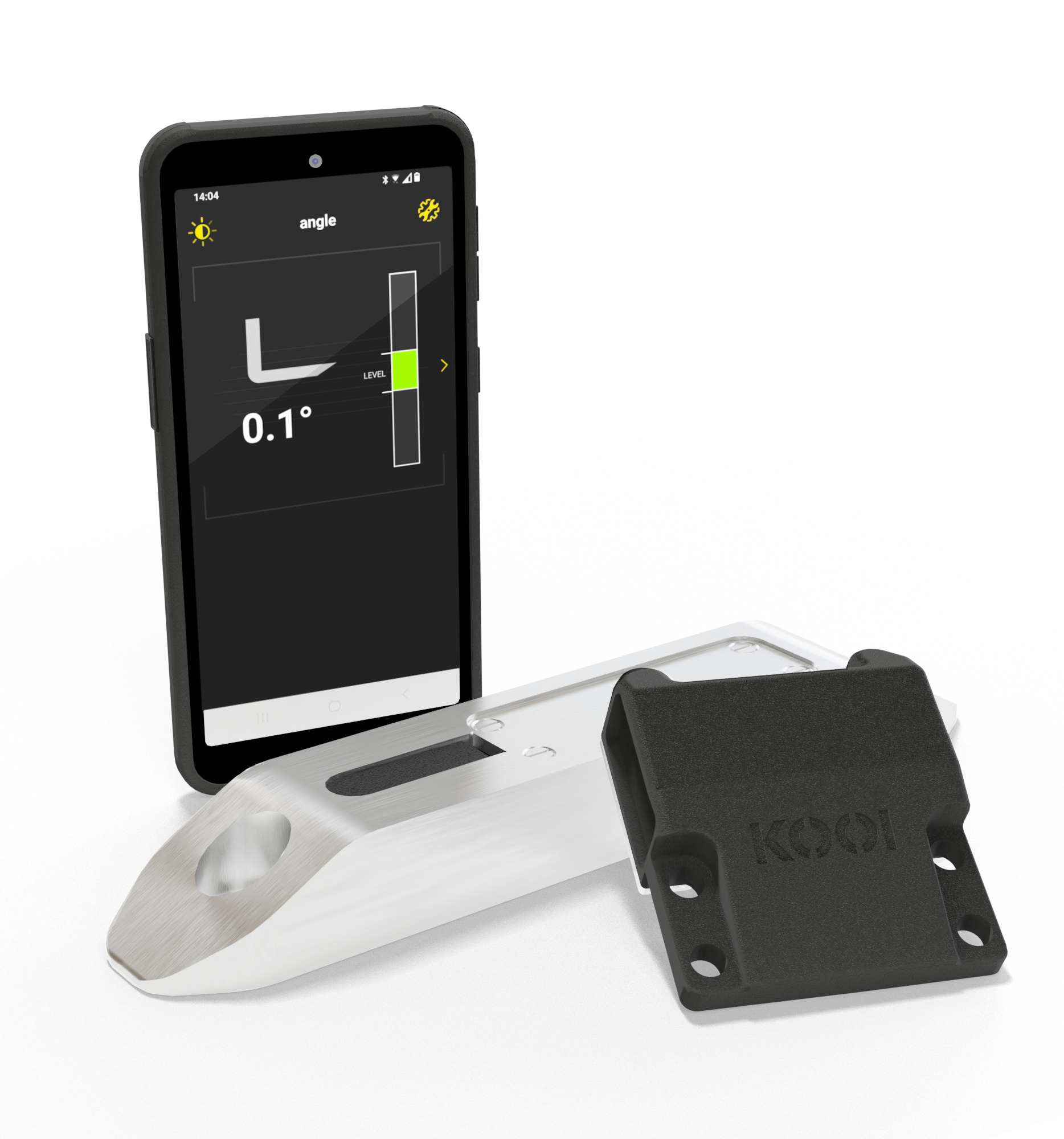Leading building materials specialist EPD Insulation Group is improving safety and fuel efficiency with a fleet of brand new GRENDiA ES forklifts. When it came to sourcing a new fleet of trucks, EPD Insulation Group had a specific set of criteria. They turned to their local Mitsubishi Forklift Trucks distributor who came highly recommended, and who offered a solution that ticked all the right boxes.
“A little while back we ordered a few Mitsubishi GRENDiA ES LPG forklifts for our primary site in Peterborough, and they work so well for us we decided to order more for our new site in Huntingdon,” explains Chris Pratt, Transport Manager at EPD. “GRENDiA is well-suited to our site, as we have our own gas tank, so it made sense for all our trucks to be LPG.”
Spiralling costs
Trucks on EPD’s two sites regularly work 12-hour shifts Monday to Friday, carrying a range of loads on and off lorries and vans. In the past when they had used alternative forklift models, they had noticed extreme wear on tyres. Pratt says: “The operators were often pulling away in such a manner that the tyres would spin, which was causing accelerated wear and tear. We were spending a lot of money replacing tyres. It also meant the trucks were using more gas.”
Wayne Hammond headed the team for the local Mitsubishi Forklift Trucks distributor, and offered a game-changing feature that could be added to the Mitsubishi GRENDiA ES LPG forklifts. “Electronic speed control is an option that offers adjustable speeds, but more importantly for EPD it includes soft power mode, which stops the wheels from spinning so reduces the tyre wear and saves money on maintenance,” Hammond enthuses. “It even reduces fuel consumption by up to 19 percent, which is huge considering the ongoing cost of energy right now. This small addition to the forklifts has been a massive benefit to EPD.”
Encouraging safer operations
EPD now have eight 2.5-tonne Mitsubishi GRENDiA ES LPG forklifts at their Peterborough site, and seven 2.5-tonne GRENDiA ES LPG forklifts at their Huntingdon site, with Mitsubishi forklift trucks making up half of their entire MHE fleet. The forklifts are required for indoor and outdoor work, so are fitted with a half cabin, and have a side shift for easier loading. Several optional features have been added to all trucks to improve safety, including a load weight indicator and rear blue lights.
“The trucks have great specifications which means better safety for our operators,” says Pratt. “We have big sites with a lot of trucks all operating in the same space, so every little feature helps when it comes to minimising the risk of an accident. In particular, the fact that the operators can’t spin the wheels means they will have greater control over the truck.”
Proactive support
Speed of service makes all the difference to EPD, who run intense distribution operations. “We have been really impressed by the GRENDiA forklifts, and the operators were excited by them,” says Pratt. “For us on the management side it’s been great having an online portal where we can log repairs and see what needs doing on the trucks. We have a maintenance package with our Mitsubishi Forklift Trucks distributor as well. We have had great support from Hammond and his team. They are really proactive. We like the trucks, and we love the service. We can’t ask for much more.”













